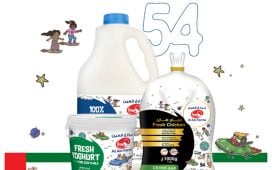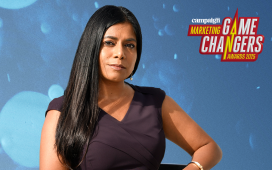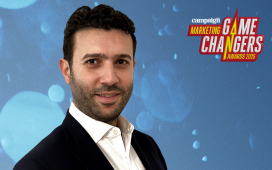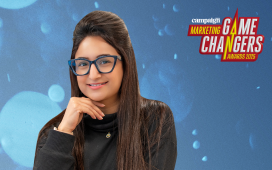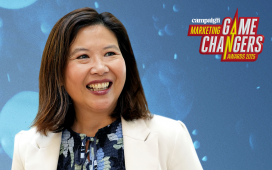In today’s attention economy, creativity is no longer a luxury but a driver of business success and growth. Chris Moody, Global Executive Creative Director at Landor, talk to Campaign Middle East how bold ideas and cultural authenticity can transform brands and shape their future.
With more than two decades of experience working with some of the world’s most recognised brands, Moody delves into the importance of creative effectiveness, global examples of campaigns that made impact, Saudi Arabia’s growing creative landscape, and rethinking success measurements.
Brave creativity is no longer optional
In an era of fleeting attention spans and relentless media bombardment, creat
To continue reading this article you need to be registered with Campaign. Registration is free and only takes a minute. Register Now or sign in below if you already have an account.

